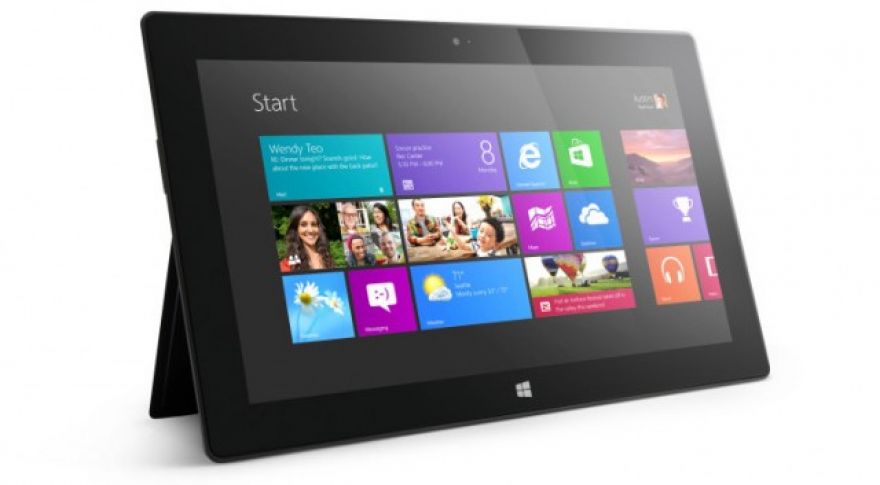
Microsoft’s original vision for Surface always included an ARM processor. When the firm unveiled the original Surface RT and Surface Pro, the RT was an ARM-powered device running the then-new Windows 8. Surface RT was supposed to be the low-cost, low-power, tablet option for users who prioritized battery life and wanted a long-lived system with modest performance. It bombed. Consumers were confused by the fact that it ran Windows but didn’t actually run any of the applications they expected to run on Windows. Return rates were supposedly sky-high. Microsoft’s Surface 2 continued to use ARM, but the firm moved away from ARM processors with the Surface 3 and stuck with x86 on its other products.
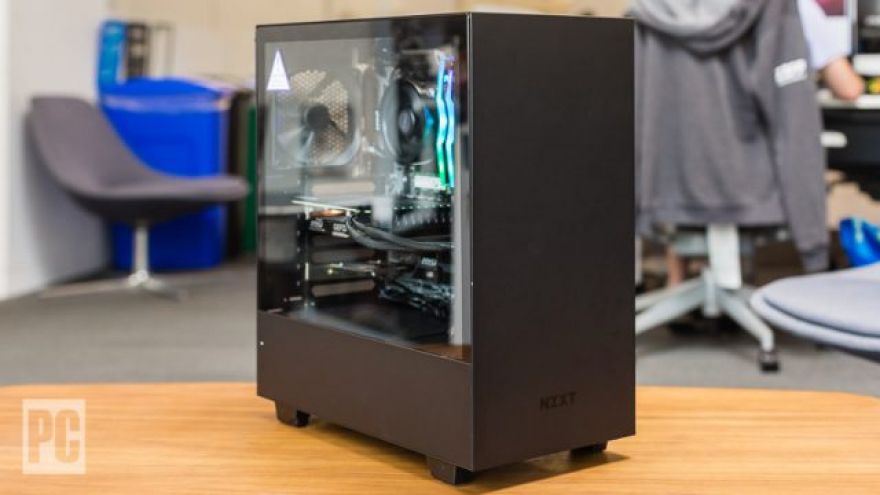
are designed to be cost effective gaming desktops that are built entirely from aftermarket components. In other words, you could build this entire system by yourself with the exact same parts. Typically, building a gaming computer of your own will net you more bang for your bucks, but this system’s relatively low price tag may make you think twice about building a custom PC of your own. Design & Hardware This pre-built system comes built inside of one of NZXT’s H500 PC cases. The base model retails for $899 and features an MSI B450 Tomahawk motherboard with an AMD Ryzen 5 2600 hexa-core processor and an Nvidia GeForce GTX 1660 graphics card.
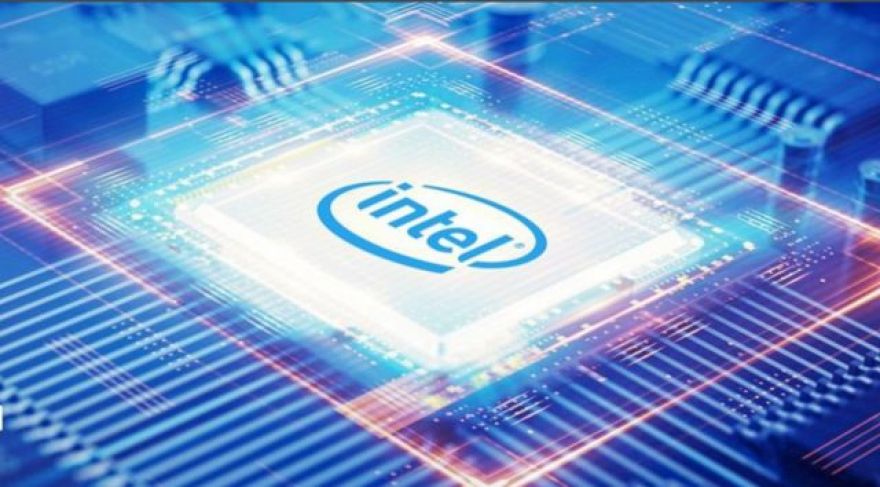
Intel has an upcoming refresh for its High End DeskTop (HEDT) product family, based on its Cascade Lake X series of processors. Cascade Lake-X is the latest iteration of the company’s 14nm product line, with technologies like Intel DLBoost for accelerating AI workloads and some additional new features we’ll touch on below. Up until now, one of the weaknesses of the Intel HEDT product family has been the vastly superior pricing available on AMD’s Threadripper. We weren’t supposed to be able to share details of this with you until October 7, but Intel has opted to release certain information earlier than it originally expected to do so.
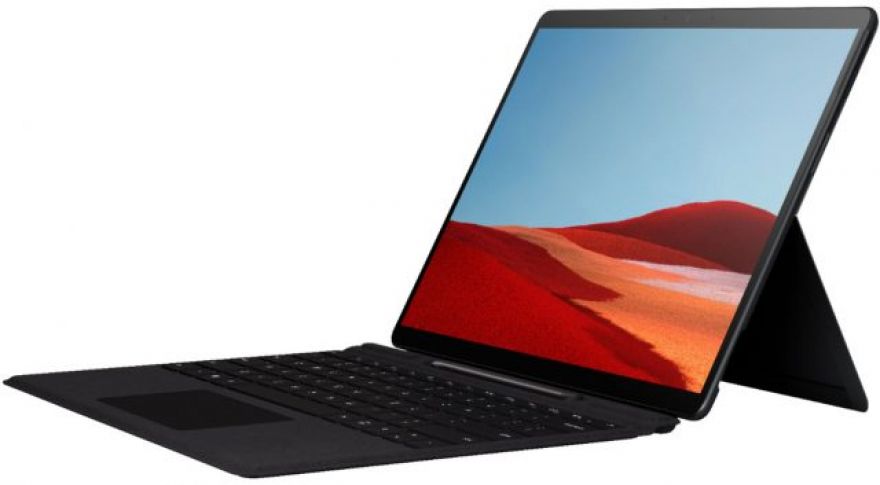
Microsoft is set to unveil a new round of Surface computers tomorrow, but there won’t be many surprises after the latest leak. Serial leaker Evan “@evleaks” Blass has (in a protected account) and basic details of , one of which is an ARM-powered version of the company’s popular Surface Pro computer. The most notable changes to the Surface lineup come with the new Surface Pro 7. The overall design hasn’t changed, though. The Surface Pro is still a tablet-like device with a keyboard cover and a kickstand. It’s more portable than the Surface Laptop or the Surface Book, but you need a flat surface to balance the kickstand.

Scientists have had a hard time agreeing on how many planets there are in the solar system. Most experts will tell you there are eight that we know of, but some people like NASA’s Jim Bridenstine (and Jerry Smith) . There’s increasing evidence of another planet out there at the extreme edge of the solar system, but a new analysis suggests that may not be a planet at all. Instead, . Most of the evidence for Planet 9 comes from the study of trans-Neptunian objects, or TNOs. These chunks of ice and rock like Pluto and Makemake have extremely long and often irregular orbits.
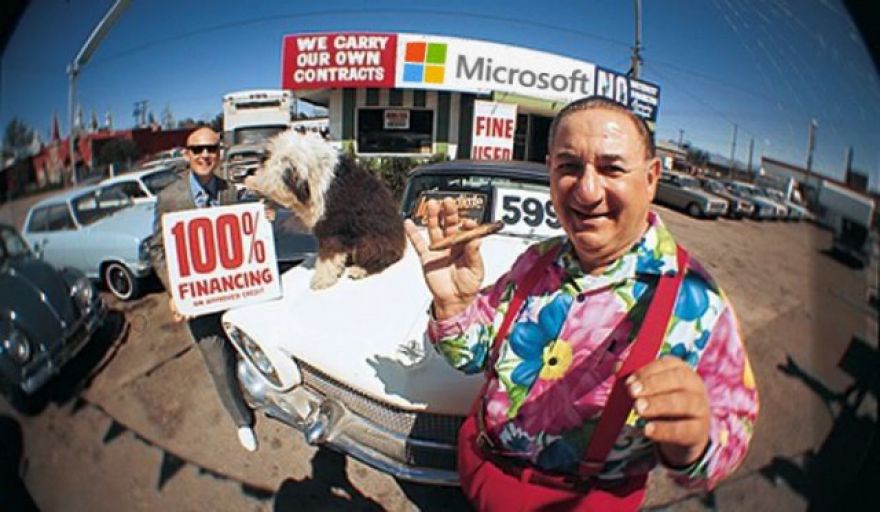
When Microsoft launched Windows 10 back in 2015, it offered the option to use an online account instead of a local computer account. Four years later, it’s clear the company wishes it had never done this. For nearly half a decade, Microsoft has made a variety of changes to the Windows setup process, including repeatedly rewording the option to create a local account or hiding it altogether, as it did with the Windows 10 1809 Update. Windows 1903 dialed the hiding back after user outcry, but now Microsoft is at it again. Attempt to set up an account on the latest version of Windows, and you’ll be greeted by the following:

AMD has announced a pair of bundles for its Ryzen and Radeon products that should sweeten the deal for anyone looking to buy either through the holiday season. On the CPU side of things, AMD’s sales have boomed in the retail channel, and the company has had some trouble meeting full demand for its products. GPU-side, we haven’t heard as much. The reports we’ve heard about graphics market share so far this year have suggested AMD gained n Q2, but this was prior to Navi’s launch. Either way, the new bundles sweeten the deal for anyone considering Team Red hardware.
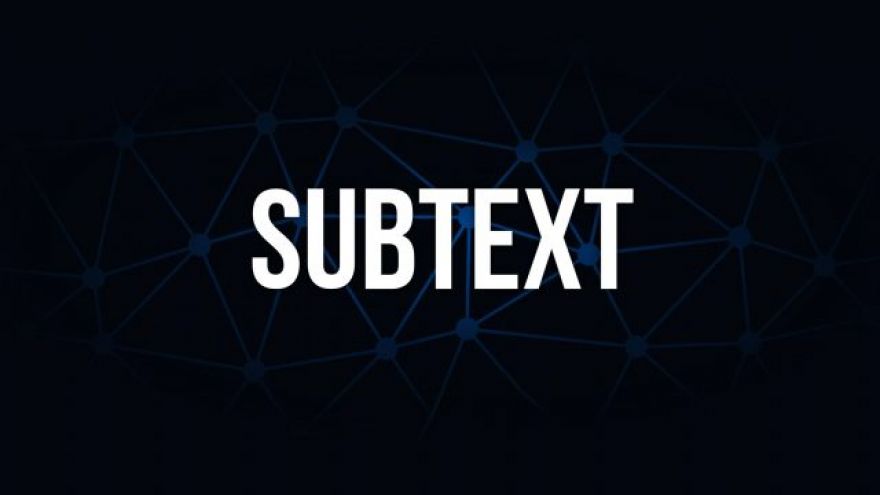
With the growing number of turnkey web services that allow you to automate so many common processes, the creation of (ARGs) with continues to grow. However, it isn’t the ability to fake phone calls and manipulate images on the fly that make these games work but, rather, their ability to understand the people who play them. While rising fears of artificial intelligence and powerful technology compound, it’s easy to forget that . One ARG, called , demonstrates through technology that we’re our greatest vulnerability. is a game that you play with your real life.

Google’s ATAP group is responsible for some of the company’s most forward-looking technologies, like the touch-sensitive fabric known as Project Jacquard. partnered with Levi’s two years ago to launch a custom denim jacket with Project Jacquard fibers in the sleeve, and now there are . The new jackets are less expensive and more visually similar to Levi’s regular garments. They also feature a more refined Jacquard tag that could eventually connect to more clothing. Google first demoed Jacquard at I/O 2015 alongside the Project Soli radar gesture system that’s . Google managed to bring Jacquard to the market faster in 2017, but it only came to a single jacket produced by Levi’s.









